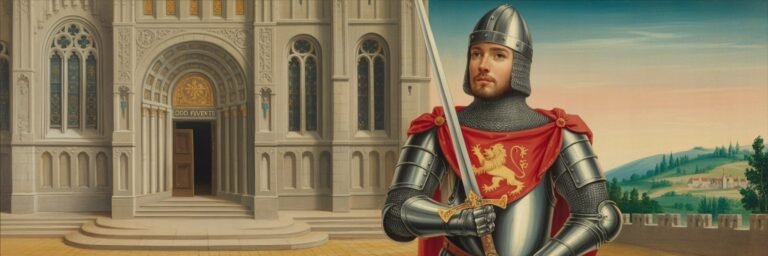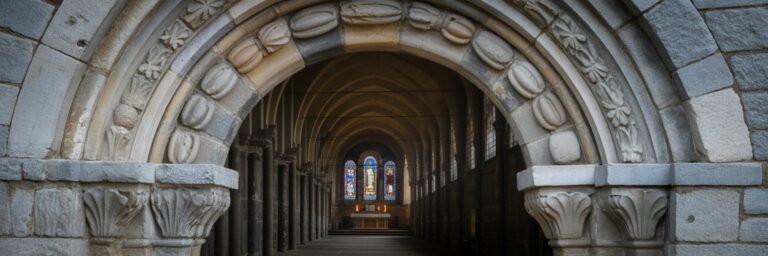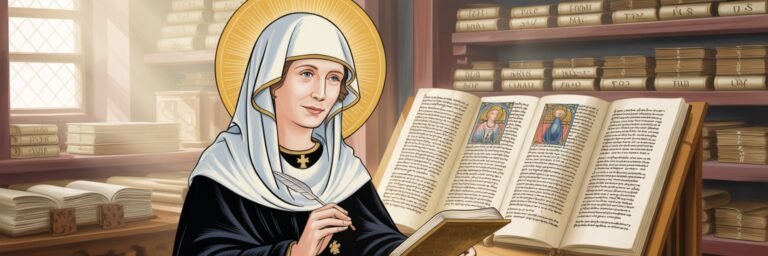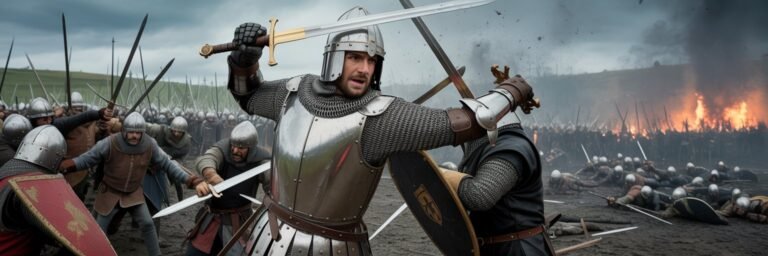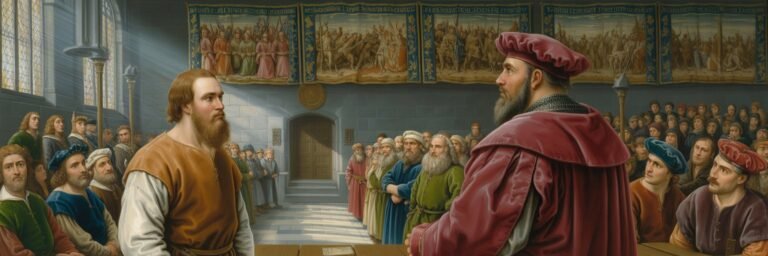INTRODUCTION
Every era has its untold stories, but none so intriguing as those of the Middle Ages. A period spanning over a thousand years (500-1500 AD), the Middle Ages have left behind a legacy so intense and varied, it has fueled countless studies and sparked endless debates among historians. Known as the Dark Ages due to speculative accounts featured in narratives written many centuries later, this epoch was anything but. The architecture, art, music, literature, and way of life during this time period have made a lasting impact on the modern world. Researchers and historians have attempted constant revisions and explorations to unravel this fascinating period’s nuance and depth.
HISTORICAL BACKGROUND
The Middle Ages was rooted in the fall of the Western Roman Empire and ended at the dawn of the Renaissance. It was characterized by a feudal system, which defined the socio-political structure of the time. This period was marked by constant clashes between kingdoms, sects, and cultures, witnessed pivotal religious movements, technological revolutions, and numerous significant historical events – all contributing to the dynamic milieu that birthed extraordinary stories.
In the Early Middle Ages (500 – 1000 AD), Europe emerged from the chaos left behind by the Roman fall, with pockets of civilization weaving their cultures. Known as the Viking Age in Scandinavia, Vikings explored new territories, starting from Canada to Russia, greatly impacting trade and warfare. In the land of the Byzantines, the Justinian Code was instituted, which heavily influenced modern law.
The High Middle Ages (1000 – 1250 AD) saw the consolidation of kingdoms and the creation of empires. The Crusades were launched in this period, forever altering the relationship between Christianity and Islam. This was also the time of significant cultural flourish – gothic architecture, majestic universities, and the rise of vernacular literature.
In the Late Middle Ages (1250 – 1500 AD), Europe was hit by the Black Death. Amidst the despair, it led to profound social changes, altering class structures and labor mechanisms. This period also marked the Hundred Year’s War and the advent of the Renaissance, which opened the door to a new era.
THEORIES AND INTERPRETATIONS
Contrary to the popular belief that the Middle Ages were a time of darkness and obscurity, historians like Charles Homer Haskins argue that this period was a ‘Renaissance of the 12th Century’. The traditional narrative of the Middle Ages as a period of stagnation was challenged by scholars like Haskins who advocated that this period possessed intellectual vitality, specifically the 12th century, marked by a significant outpouring of knowledge.
British historian Norman Cantor supported this outlook with his ‘Civilization of the Middle Ages‘ where he claimed that this period was one of profound intellectual advancement, social experimentation, and economic innovation.
However, some historians, like Johan Huizinga in his ‘The Waning of the Middle Ages’, saw this era as marked by pessimism, anxiety, and cultural decay—a sharp contrast to the viewpoint held by Haskins and Cantor.
MYSTERIES AND CONTROVERSIES
The Middle Ages house a plethora of mysteries, unsolved, and controversies. Among them exists the narrative around the infamous Knights Templar – a medieval Catholic military order established in 1129. They attained significant wealth and political influence and were abruptly disbanded in 1312. Did they really discover the Holy Grail, and did they manage to hide their fortunes?
Then there’s the enigma surrounding the sudden demise of Green Children of Woolpit, reportedly found in the English village of Woolpit during the reign of King Stephen (1135-1154). The children were of green complexion, spoke an unknown language, and would eat only beans. The girl adapted to her new life, but the boy died soon after they were found. Their origin remains a puzzle to historians.
SYMBOLISM AND CULTURAL SIGNIFICANCE
The flourishing of Gothic architecture, church music, chivalric literature, and heraldic symbolism demonstrates the symbolic profundity of the Middle Ages. The building of cathedral sanctuaries, such as the Chartres Cathedral, signified deep spiritual aspirations and advancement in engineering.
Music played a significant role, with Gregorian chants symbolizing religious devotion and marking monastic routines. Beowulf, The Song of Roland, Arthurian legends, and Dante’s Divine Comedy illustrated the ethos of knighthood, quests, courtly love, and moral reflection, profoundly influencing Western literature, impacting storytelling norms across centuries.
MODERN INVESTIGATIONS
Modern archaeology and historical examination have helped unearth more tangible realities of the Middle Ages. Researchers use techniques, including paleopathology and DNA analysis, to investigate medieval health, diet, and illnesses. The ground-penetrating radar assists in identifying buried archaeological sites, and dendrochronology enables us to date wooden structures accurately.
The analysis of remains from the Black Death victims has allowed us to understand the bacterium that caused it, Yersinia pestis, resulting in a better understanding of one of the deadliest pandemics in human history.
LEGACY AND CONCLUSION
The Middle Ages is a testament to the resilience of human spirit, its capacity to innovate, adapt, dream and build amidst turmoil. It is much more than a bridge between antiquity and the modern world; it is a vibrant, brutal, and transformative era that profoundly shaped our world. Its legacy is visible in our legal system, academic institutions, music, architecture, and literature.
The challenge of writing a comprehensive narrative of the Middle Ages lies in its varied nuances and its large temporal and spatial canvas. Declaring one version of it as the absolute truth would be restrictive and flatly unjust. So the untold stories will continue to be told and retold, each new interpretation adding more perspectives and richness to our understanding of these intriguing times, their aftermath, and their inextricable connection to our present.

